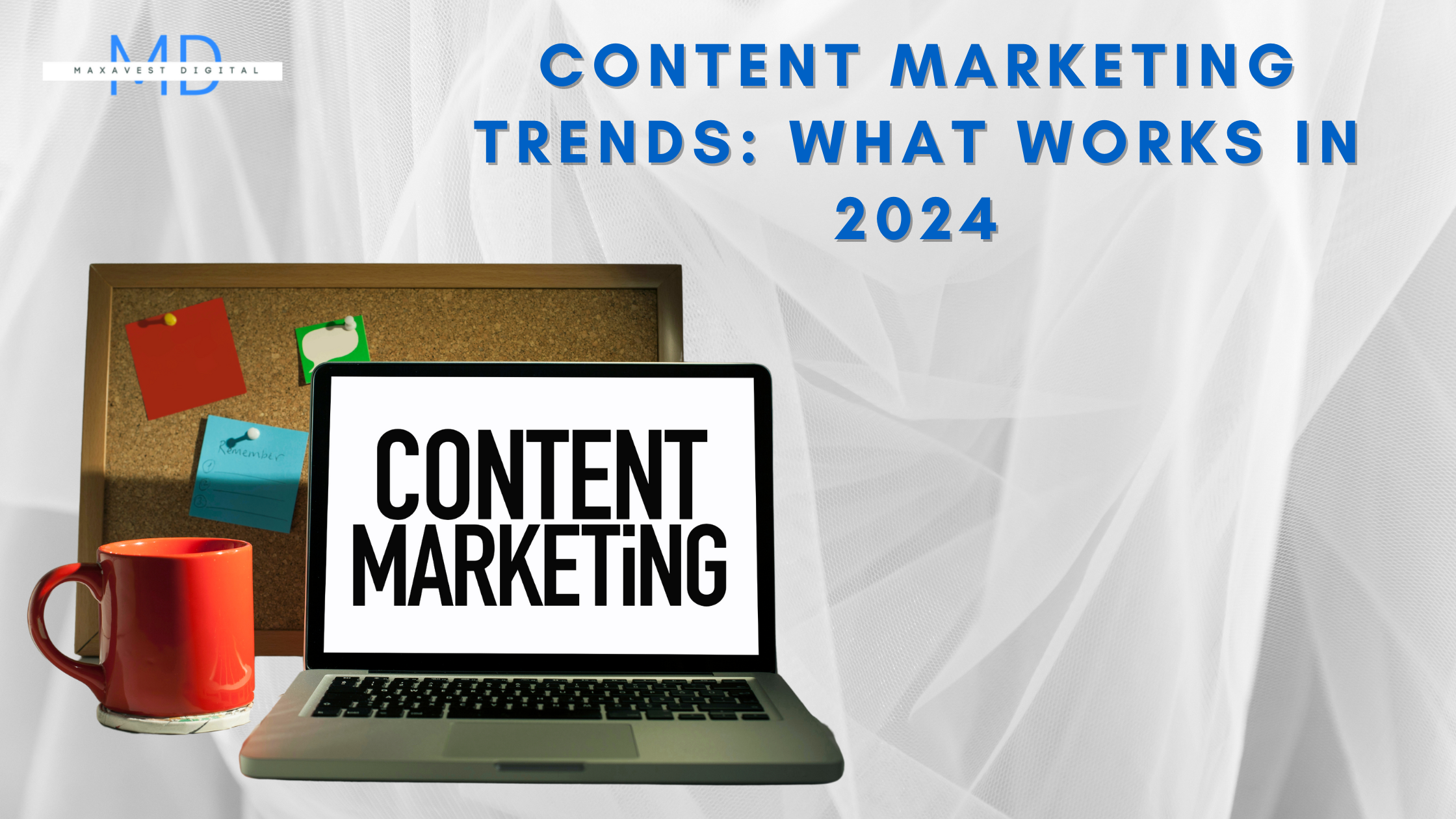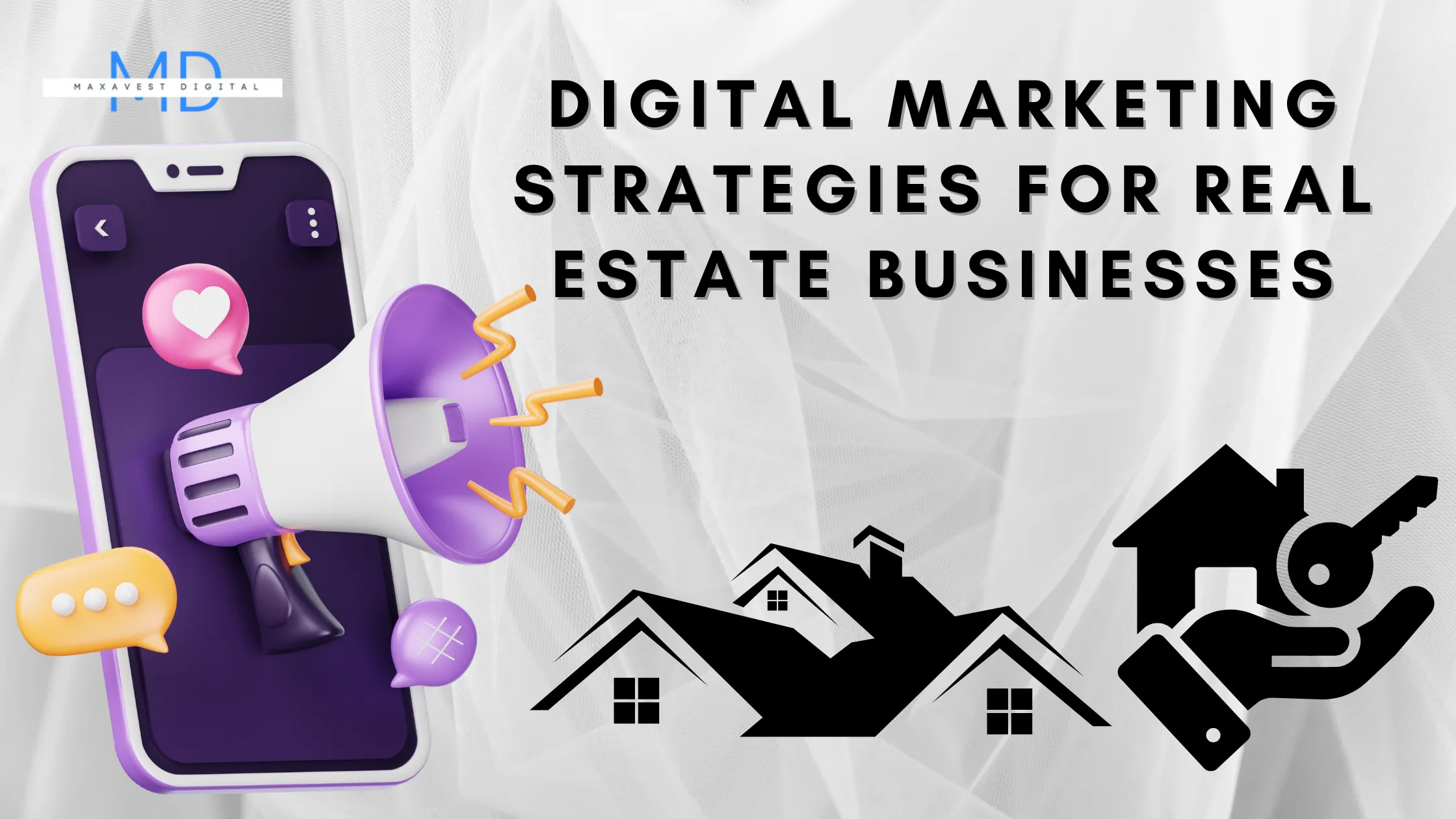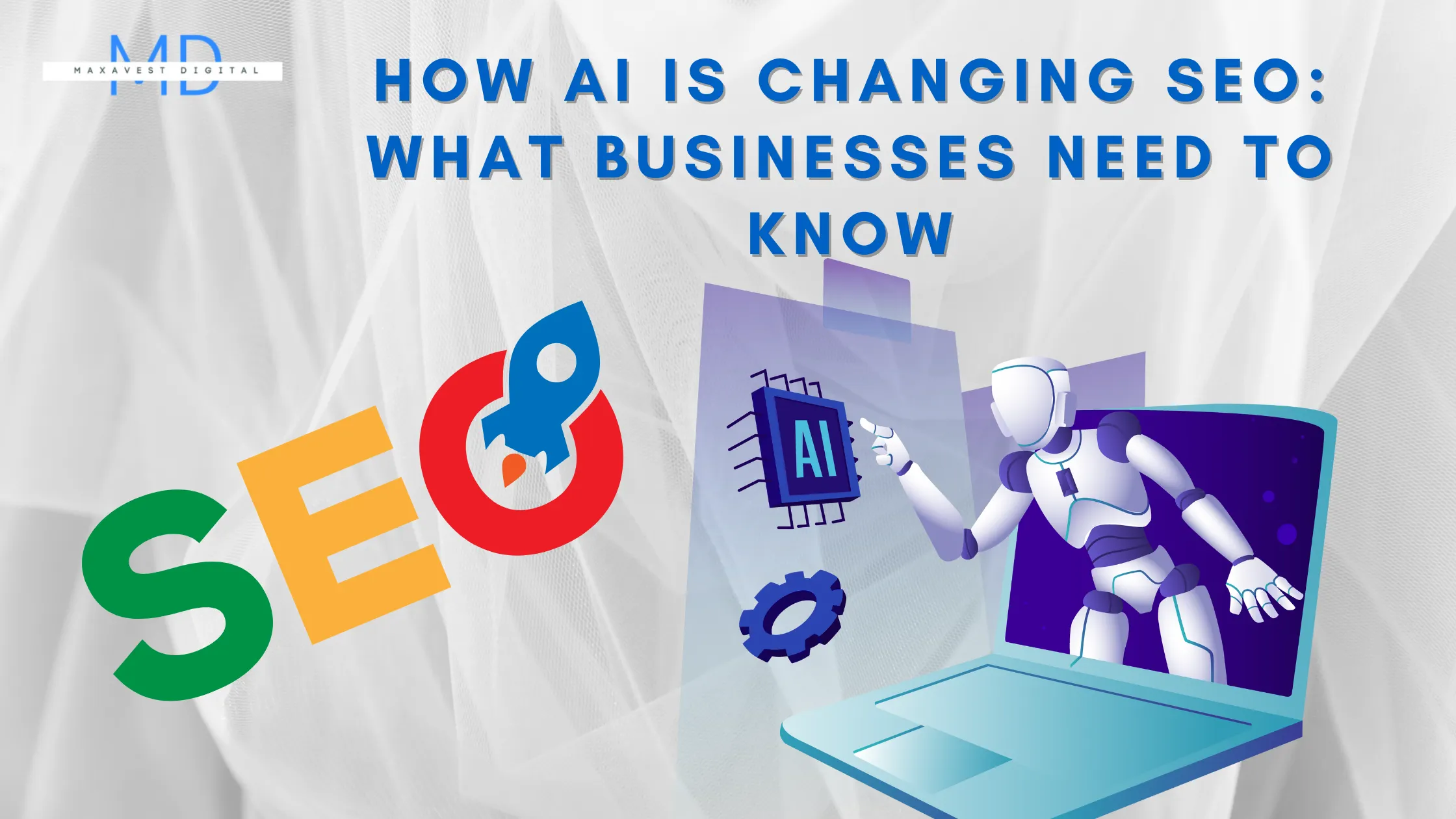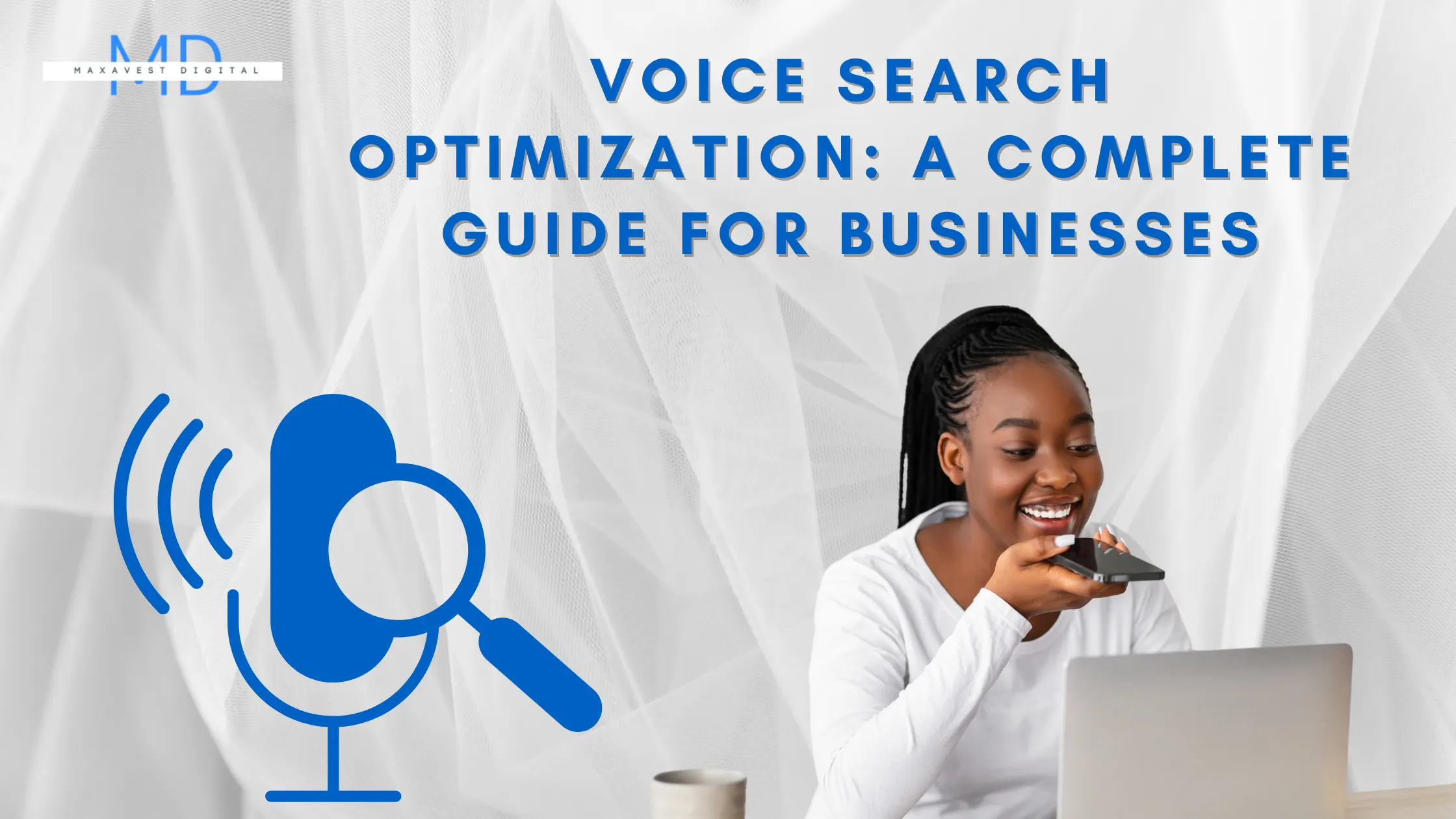Content Marketing Trends: What Works in 2024
Discover the top content marketing trends shaping 2024, from AI-driven content creation to personalized experiences, short videos, and more. Learn what strategies work best to engage your audience and boost your brand’s online presence.

By Gbenga Akinyemi
Introduction
Why Staying Ahead in Content Marketing Matters
Content marketing is an ever-evolving landscape, constantly shaped by shifts in technology, consumer behavior, and platform dynamics. In 2024, staying ahead isn’t just about adopting the latest trends — it’s about understanding how to craft meaningful, impactful experiences that connect with audiences on a deeper level. As competition for attention intensifies, brands that adapt and innovate will have a strategic edge. Whether you’re a startup, a growing enterprise, or an established brand, embracing new trends can open doors to increased engagement and loyalty. Falling behind, however, means getting lost in the noise.
Overview of the Evolving Digital Landscape
The digital world has moved beyond simple content consumption. Consumers now demand immersive experiences, value-driven interactions, and, more than ever, transparency from the brands they engage with. As new platforms like the metaverse and Web3 technologies become mainstream, the line between digital and physical realities blurs, creating a hybrid space where content must be dynamic, personalized, and adaptable to diverse formats. From the rise of AI to the dominance of short-form video, 2024 presents exciting new opportunities and challenges for marketers to navigate.
The Rise of AI-Powered Content Creation
How AI is Revolutionizing Content Writing
AI has become more than just a buzzword; it’s transforming how we create content. AI tools like GPT can generate copy in seconds, craft product descriptions, or even write entire blog posts. In 2024, AI’s role in content marketing has evolved into a full-fledged partnership. While AI is not replacing human creativity, it streamlines repetitive tasks, improves efficiency, and even offers data-driven insights into content performance. With AI, marketers can focus more on strategy and creative storytelling, leaving the mundane to algorithms.
Best AI Tools for Content Marketers
There’s no shortage of AI tools designed to make content marketing easier. Jasper, Copy.ai, and Writesonic are just a few of the leading platforms that help marketers generate engaging headlines, social media posts, and even entire landing pages in minutes. Grammarly and Hemingway assist with editing, while AI-driven SEO tools like Clearscope ensure that content is optimized for search engines. The key is finding the right blend of AI tools that fit your workflow and objectives.
Balancing Automation with Human Creativity
While AI can be a powerful ally, it’s important to strike a balance. Over-automation can lead to generic, soulless content that fails to resonate emotionally. Humans bring the empathy, intuition, and unique perspective that AI lacks. The future of content creation lies in blending the analytical power of AI with the creativity and nuance of human insight. By automating the technical and repetitive aspects, marketers can dedicate more energy to crafting unique, emotionally driven narratives that connect with their audience.
Personalization is King
How Personalized Content Drives Engagement
Personalized content isn’t just a trend; it’s an expectation. Consumers are no longer satisfied with one-size-fits-all messaging. Instead, they want brands to understand their unique needs, preferences, and behaviors. When executed effectively, personalized content creates a connection that feels authentic, driving higher engagement and conversions. Whether it’s tailored product recommendations, dynamic email campaigns, or personalized landing pages, audiences respond when they feel seen and valued.
Tools to Create Hyper-Personalized Experiences
Creating hyper-personalized content at scale requires sophisticated tools. Platforms like HubSpot and Marketo allow marketers to gather rich data on consumer behavior and segment audiences with precision. Tools like Optimizely and Dynamic Yield take personalization to the next level, enabling real-time customization of web content based on user interactions. By integrating AI with data analytics, marketers can predict customer behavior and deliver content that feels personal and relevant at every touchpoint.
Best Practices for Tailoring Content Across Channels
While personalization is powerful, consistency is key. To avoid coming across as disjointed or fragmented, brands need to tailor content for each platform while maintaining a cohesive voice. The tone of an email campaign may differ from a tweet, but the underlying message should remain consistent. Invest in tools that allow for seamless cross-channel personalization, and ensure that your audience feels recognized whether they’re on your website, social media, or engaging with an email.
Short-Form Content Takes Center Stage
The TikTok Effect: Why Short-Form Video Rules
TikTok has redefined how we consume content, and its influence shows no signs of waning. Short-form video — think 15-second clips — is dominating the digital space. Its rapid-fire nature satisfies the growing demand for quick, bite-sized content that’s easy to digest and share. Brands leveraging this format tap into a unique opportunity to capture attention in a world with dwindling attention spans. It’s not just about entertainment; it’s about creating compelling, memorable moments that resonate.
How to Make an Impact with 15-Second Clips
Mastering the art of short-form video requires precision. Every second counts. Hook your audience immediately with bold visuals, relatable messaging, or surprising elements. Whether it’s a TikTok, Instagram Reel, or YouTube Short, successful brands prioritize storytelling even in short bursts. Humor, authenticity, and creativity shine in this format. Always end with a clear call to action, encouraging users to engage or learn more.
Combining Short and Long-Form Content for Maximum Reach
While short-form content is powerful, long-form content still has its place. By combining both, marketers can cater to different audience needs and preferences. Use short-form video to hook viewers, then lead them into more in-depth content like blog posts, podcasts, or webinars. This blend allows for broader reach while also providing depth and value. It’s a strategy that lets brands capitalize on quick engagement while nurturing longer-term relationships.
How to Build a Content Calendar That Drives Traffic and Sales
Interactive Content Boosts Engagement
Quizzes, Polls, and Surveys: Engaging Audiences in Real-Time
Interactive content is a surefire way to engage your audience in a participatory way. Quizzes, polls, and surveys not only entertain but also provide valuable insights into your audience’s preferences and behaviors. In 2024, brands are increasingly leveraging interactive formats to capture attention and keep users engaged longer. These tools make audiences feel involved, fostering a sense of connection and investment.
Shoppable Content: Seamlessly Linking Content and Commerce
Shoppable content is another major trend. By embedding product links directly into images, videos, or social media posts, brands can transform engagement into direct sales. This seamless blend of content and commerce allows consumers to move from discovery to purchase without leaving the platform, reducing friction and boosting conversions. It’s about making the purchasing process as easy as a tap on the screen.
Interactive Infographics and Data Visualizations
Infographics have always been a great way to present data visually, but in 2024, interactive infographics are taking things up a notch. Interactive data visualizations let users explore the information themselves, engaging with the content in a dynamic way. This trend offers a fresh approach to presenting complex information, making it easier for audiences to digest and explore the content at their own pace.
The Power of Storytelling in 2024
Emotional Connection: Why Stories Still Matter
Despite the rise of AI and data-driven strategies, the heart of effective marketing still lies in storytelling. Humans are wired to respond to stories, and brands that can tell compelling, emotionally charged narratives stand out in a crowded market. Storytelling isn’t just about sharing facts; it’s about building a connection with your audience. It’s how you show your values, your mission, and why you matter in the world.
How to Weave Storytelling into Data-Driven Content
Data and storytelling may seem at odds, but when combined, they can create a powerful marketing tool. Use data to inform your storytelling — whether it’s customer success stories or illustrating how your product has solved real-world problems. The key is to humanize the data. Let the numbers tell a narrative that resonates emotionally while also showcasing your brand’s credibility and impact.
Building Brand Narratives That Resonate
A brand’s narrative is more than just a marketing message. It’s the underlying story that defines who you are, what you stand for, and why your audience should care. In 2024, successful brands are the ones that build narratives rooted in authenticity and purpose. Audiences want to align with brands that share their values, so focus on crafting stories that resonate on a deeper, more emotional level.


























